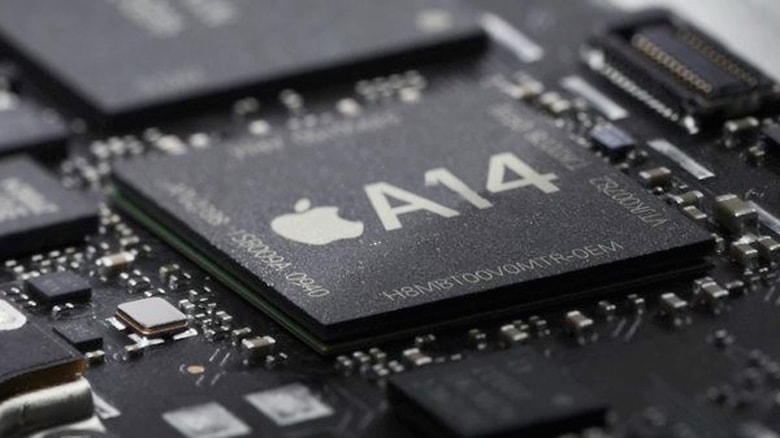Apple says global chip shortage may impact iPhone production in 2022
Apple CEO Tim Cook said that chips affected by the shortages are made using older technology but those are still vital as supporting parts for making iPhones.

The chip shortage that has disrupted car and electronics production worldwide looks increasingly likely to last into next year, industry watchers say, with Apple revealing this week that it expects the supply troubles to spread to iPhones.
The year started off with a deep freeze and resulting power outages across Texas that paralyzed semiconductor plants in the U.S. state. A fire that later broke out at Renesas Electronics’ Naka factory in Japan delivered another blow to the supply chain.
Although the affected plants have mostly recovered from those adversities, expectations that chip supplies would return to normal by the end of the year have dimmed — a prospect that affects production plans in industries from autos to electronics.
They also added that while the impact of the chip shortage was less severe than feared in the third quarter, it will get worse in the fourth, extending to iPhone production.
CEO Tim Cook said that chips affected by the shortages are made using older technology but those are still vital as supporting parts for making iPhones.
Analysts believed that Apple could be stockpiling chips for its next-generation iPhone models, the report said.
According to the report, there are several reasons behind the global shortage of chips, including factory closures due to the Covid-19 pandemic and increased demand for consumer electronics products during the lockdown and work from home setups.
Reports indicate that many players in the mobile phone industry are struggling to procure a variety of semiconductors, including the struggle for sourcing power-management chips, display drivers, application processors, in addition to 4G and 5G chipsets.
Recently, the company announced that the iPhone revenue set a June quarter record of $39.6 billion, growing 50 per cent year-over-year and exceeding its own expectations.
That followed the March quarter, where iPhone sales were up 65.5% annually, and Apple’s holiday quarter, where sales were up 17% to $65.60 billion.



